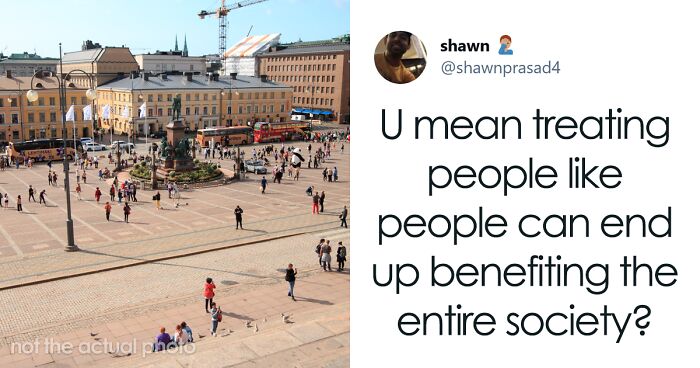
Finland Is Successfully Fighting Homelessness, Which Is Now Reduced To 0.08% By Giving Homes For Those Who Need It
Losing a place to live is one of the most devastating things that can happen to a person. Unfortunately, it is estimated that no less than 150 million people or 2 percent of the world’s population is homeless. It’s a problem both in developed and developing countries, but some are doing better than others.
For example, Finland adopted a Housing First policy and now it is the only country in the European Union where homelessness is declining. Since 2008, when the policy was adopted, long-term homelessness decreased about 40 percent and there were 4 341 people who were reported homeless at the end of 2020. For context, Finland has a population of 5.5 million, so that would mean that only 0.08 percent of the population is homeless.
Finland is the only country in the EU where homelessness is decreasing
Image credits: Pedro Ribeiro Simões
Before 2008, the Finnish government tried to tackle the homelessness problem, but it wasn’t working that well. Short-term shelters were built, but that didn’t help with long-term homelessness. There were still about 8,000 homeless people. They couldn’t find jobs because they needed a permanent residence, but they couldn’t afford to pay for rent because they didn’t have jobs and weren’t earning money, so it was really a vicious circle.
The situation was so bad that there were tent villages in the middle of the capital city. When data on homelessness was first collected in 1987, there were nearly 18,000 people without homes. The current Government has committed to halving homelessness by 2023 and ending it entirely by 2027.
The percentage of homeless people is so low that some people go as far as to say that the country ended it
Image credits: WereChickenAU
Image credits: GoodPoliticGuy
What is the secret, you may ask? Well, in 2008, the Finnish government decided that they have to take a different approach and simply just give people a place to live. No matter how a person became homeless, they are given a home and support so they would be able to stay there.
There are no requirements or goals a person has to meet to stay there. They don’t have to get sober or get a job to get accommodation. The idea behind Housing First is that to tackle the issues a person may have that put them at risk of homelessness, they need stable housing. For example, they can’t conquer their addictions if they’re kicked out from a shelter in the morning.
The number of homeless people went from 19,000 in 1987 to 4341 in 2020 in Finland
Image credits: Eric Fischer
The problem is being solved by giving homeless people a home and providing them with a support system to help them get back on their feet
Image credits: Y-Foundation
But those people are not left alone either: they are supported in rebuilding their relationships with friends and families, and establishing new ones. Many of them have mental and medical conditions that need care, and some of them may not have education or skills that would be useful for jobs or just everyday—the Housing First program includes support in all of that. Because of this support system, 4 out of 5 people affected make their way back into a stable life.
4 out of 5 people get back to living a normal life
Image credits: Mundus Gregorius
Image credits: Timo Newton-Syms
To make all this happen, Finland had to invest a lot of money, because obviously, they needed houses in which to place the homeless people. So flats were bought from the private market, new buildings were built, and old buildings were repurposed and renewed. Evidence shows that these investments pay off and it’s cheaper to not have homeless people by giving them somewhere to live, not to mention that it’s the right thing to do.
But Housing First has to be nationwide to work, not just individual projects. Also, they have to be affordable, and staff to help those people who have been living a different lifestyle should be hired and trained.
People on Twitter were praising Finland for such an achievement, but there were a lot of opinions that it wouldn’t be possible in other countries
Image credits: shawnprasad4
Image credits: hasbranscombe
Image credits: geep69
Image credits: PBiseth
Image credits: burgy1717
Image credits: Maliceunchained
Image credits: amyjohn
Image credits: Fabiology101
Image credits: JoshAHobbs
Image credits: MGOKNOW
Please note that homelessness is a social issue here in Finland, not a "I can't afford rent because I'm sick and unemployed" -problem. Social security is already good enough for a sparse living and you'll be offered a municipality owned, rent controlled flat if you can't secure one normally. Homelessness is then mostly a result of alcoholism, drug problems, gambling or mental dysfunctions, or they are denied asylum seekers who now reside in the country illegally.
Sadly homeless people are too often treated like they're less than human here in the U.S. Thank you to those that help others in need.
The Puritan basis of the US leans heavily on punishing "sinners". It's not enough to live a good life, you have to wreak punishment on others who live differently. So a huge portion of Americans are more focused on insuring people who have casual sex suffer for their looseness, that people who do not work do not eat, that people who are different are punished for their non-conformity. It's the Puritan Way.
Too right. If American people banded together to tackle homelessness the same way they do abortion, there wouldn't be a homelessness issue in America.
Load More Replies...The problem exploded in the US when Reagan essentially kicked people with mental health issues to the curb. Add to that drug addiction, and now people losing their jobs and houses because of COVID, and the situation is now past the breaking point. Have we lost all humanity?
4 out of 5 people making their way back to a stable lifestyle is an incredible result. I don’t have any answers or suggestions of how to deal with homelessness in other Western countries, so I’ll just say well done to the people of Finland. I’m sure those who have been assisted will be forever greatful.
Are you implying Finland is not "a Western country"? Or why do you think the proposed answer and solution would not work in other Western (or any, for that matter) countries too?
Load More Replies...The number of homeless people depend on your definition of homeless. In the UK people living at shelters, hostels and temporary accommodation count as homeless; about 280,000 out of a population of 70 million. Most of those people are unemployed and claim some sort of benefits. About 10,000 people here are sleeping rough. It's hard for people to understand, but many people that sleep rough choose to for many different reasons, such as mental health issues or substance addiction. As healthcare here is a public service everyone is entitled to the same standard of care, including the homeless.
I also live in the UK and have always disagreed with our definition of homelessness. To me, a homeless person is someone with no access to a roof over their heads, as much as living in temporary accommodation or sofa surfing is not great, it is just not the same as being out on the streets.
Load More Replies...When America is such that, not only is homelessness increasing, but anyone setting up a table in a park to feed homeless people can be arrested and/or fined for violating the law...the problem is much worse. Also consider that American Public parks are now being overrun with a different kind of homeless person...the Heroine Addict. Mental health issues also plague many of the homeless...but until with have UHC, it will never be addressed.
UHC won't cure the "let them die" mentality that US authorities have shown over the decades when it comes to people who need help. Build homes for the homeless? No, instead let's spend millions on measures to make life as difficult as possible for homeless people. Are you homeless and living out of your car? Fine, but we'll order the police to actively hunt you down and harass you. Returned from a useless war with PTSD? Thank you for your service, and we're sure you'll find a way to deal with your PTSD. Just don't count on us.
Load More Replies...Funny, I would think it's a very Christian thing to do too...
Load More Replies...I live in Edmonton Alberta,Canada. We have adopted the housing first program here. Its amazing what happens when you take qualifiers like " you must be sober first" out of the equation and treat housing as a basic human right. I worked with a part of the program, an organization that provides free of charge furniture to the participants. They were able to come into the warehouse and pick what they wanted for their home. Dignity is huge. And every human deserves that. Well done Finland!!
You’re so smart, Finland! It must feel great to actually have politicians who empower.
Finland are putting many countries to shame and my country UK do nothing for the homeless and we are not a poor or small country help homeless they get they're lives bck join society go back to work, pay taxes = Country Benefits from its investment simple but very effective saving lives that then give bck Well Done Finland a country who cares about all citizens.
Ugh. Here in Austin, TX, we just had an election, and one on the things on the ballot was to reinstate a "camping ban", that made it illegal for homeless people to set up tents and encampments under highway overpasses, and any other "public space". These humans have been here all along, they only became visible to the homed public once the camping ban was lifted. Before that they had been living, out of sight, in the woods or in drainage ditches, where they would sometimes be washed away, and killed, during a flash flood. I don't like seeing their encampments - they're full of trash, which blows all over the place - but making them illegal is not solving the problem. It's going to cost millions of dollars to "clean up" these areas, and those dollars could be spent on actually helping the people who are there. My family gives money to groups who try to help, we volunteer at the local food bank, but I just don't understand the people who voted for this regulation.
No let's abuse them and leave them homeless to teach them a lesson because they are lazy... oh wait. That's not true is it >< The number of times I've heard the 'people are homeless because they're lazy/drug addicts' as a reason not to help anyone. Gosh some people have 0 compassion
That's great but, I used to live with a neighbor who had his apartment arranged by social services after being homeless. It was a nightmare. Constant drug-induced episodes. I didn't feel safe. No amount of complaining did anything. I had to move. It's great if it works, but sometimes you're just shifting the problem out of sight.
This will never ever be the case in the States, not even on a bare minimum goal, as long as there's a Republican in Office, any Office.
Just what I say: it doesn’t helps anything and costs loads of money to terrorize poor people to forced them into work. Give them a a home and what they need for a living and stop proclaiming that they’re just lazy. In the name of Jesus.
A large number of homeless people in the US do work. There are many people with low incomes that deal with housing insecurity, especially in our metro areas where there is a lack of affordable housing. They tend to be homeless shorter term, but will often cycle in and out of homelessness. We also have people who are chronically homeless, much of that due to metal health issues. Both populations would be helped by having a housing first policy. However, many of the mentally ill homeless, like Finland's 1/5, aren't likely to be able to work and live independently. We need to accept that there are people who can't work and care for them humanely.
Load More Replies...Love Finland, it has a very unique and largely unknown role to play in World War Two (potentially pitting Hitler against Stalin!). Have a read of 'Weird War Two' by Denham and Trow for more info - https://amzn.to/3nzp2sr
When the entire government system, other than a few human beings, is out to make itself and members rich, the people are the ones to suffer. We should have no hungry people, nor homeless. Everyone is out for me,me,me and no one is ever for....WE.the strongest nation, is the nation that cares about and supports its people, and the people do the same for them. The USA isn't like that. The American dream, for many, is the American nightmare. This shouldn't be true. But I am ashamed to say, it is.
Los Angeles tried this, they built tiny condos for the homeless, they ended up costing between 600-700 thousand dollars each.
The problem with homelessness is that most people end up on the streets because they have addiction problems, mental health issues or a combination of both and shelters will often only accept people who are sober...
I was homeless when I was younger. I got an apartment when I asked and queued for it. As well as work. All my bills were paid until I was back on my feet. Life can surprise. Can not help it. Fortunately, there is help.
This is how things are where I am. We have enough housing and if you are sick or out of work your rent will be paid until you can pay it yourself, you will not accrue debt. The few who are actually sleeping rough are there because of mental health issues and although authorities try to reach out to them there's still a small number who have yet to be housed. Basically you won't see homeless people on our streets..
Hope this spreads worldwide so everyone gets rid of those stupid ""benches"" that you can't sit on.
Yeahh Ive worked in homeless shelters and all for them getting places to live. Its not f*****g magical solution; even the ones who had a place set up for them to live in Still spent their time at the homeless shelter and others still continued to make bad choices with money and drugs and the people they associated with. Get them all a building they can rent and have services to control the paying of rent till they can get used to doing it again.
They didn't just get a place to live: "But those people are not left alone either: they are supported in rebuilding their relationships with friends and families, and establishing new ones. Many of them have mental and medical conditions that need care, and some of them may not have education or skills that would be useful for jobs or just everyday—the Housing First program includes support in all of that."
Load More Replies...NY city has 50-100% more people than Finland. So why do they need to shelter so many people, if housing is even more affordable than in Finland? And are not drug and alcohol problems a normal cause for homelessness? What is this bad half of the picture you are referring to?
Load More Replies...You have to make A LOT of money to have 56% tax. Last I worked there, I paid about 20%,which is totally fair since I got things like completely free University education up to masters, free health care...
Load More Replies...Is that what you would do? Your friends, your family, your work colleagues! No? Then why do you assume that everyone else will? "I don't feel we should help people because there may be a few who don't deserve it." What a lame excuse, and it's getting old.
Load More Replies...Please note that homelessness is a social issue here in Finland, not a "I can't afford rent because I'm sick and unemployed" -problem. Social security is already good enough for a sparse living and you'll be offered a municipality owned, rent controlled flat if you can't secure one normally. Homelessness is then mostly a result of alcoholism, drug problems, gambling or mental dysfunctions, or they are denied asylum seekers who now reside in the country illegally.
Sadly homeless people are too often treated like they're less than human here in the U.S. Thank you to those that help others in need.
The Puritan basis of the US leans heavily on punishing "sinners". It's not enough to live a good life, you have to wreak punishment on others who live differently. So a huge portion of Americans are more focused on insuring people who have casual sex suffer for their looseness, that people who do not work do not eat, that people who are different are punished for their non-conformity. It's the Puritan Way.
Too right. If American people banded together to tackle homelessness the same way they do abortion, there wouldn't be a homelessness issue in America.
Load More Replies...The problem exploded in the US when Reagan essentially kicked people with mental health issues to the curb. Add to that drug addiction, and now people losing their jobs and houses because of COVID, and the situation is now past the breaking point. Have we lost all humanity?
4 out of 5 people making their way back to a stable lifestyle is an incredible result. I don’t have any answers or suggestions of how to deal with homelessness in other Western countries, so I’ll just say well done to the people of Finland. I’m sure those who have been assisted will be forever greatful.
Are you implying Finland is not "a Western country"? Or why do you think the proposed answer and solution would not work in other Western (or any, for that matter) countries too?
Load More Replies...The number of homeless people depend on your definition of homeless. In the UK people living at shelters, hostels and temporary accommodation count as homeless; about 280,000 out of a population of 70 million. Most of those people are unemployed and claim some sort of benefits. About 10,000 people here are sleeping rough. It's hard for people to understand, but many people that sleep rough choose to for many different reasons, such as mental health issues or substance addiction. As healthcare here is a public service everyone is entitled to the same standard of care, including the homeless.
I also live in the UK and have always disagreed with our definition of homelessness. To me, a homeless person is someone with no access to a roof over their heads, as much as living in temporary accommodation or sofa surfing is not great, it is just not the same as being out on the streets.
Load More Replies...When America is such that, not only is homelessness increasing, but anyone setting up a table in a park to feed homeless people can be arrested and/or fined for violating the law...the problem is much worse. Also consider that American Public parks are now being overrun with a different kind of homeless person...the Heroine Addict. Mental health issues also plague many of the homeless...but until with have UHC, it will never be addressed.
UHC won't cure the "let them die" mentality that US authorities have shown over the decades when it comes to people who need help. Build homes for the homeless? No, instead let's spend millions on measures to make life as difficult as possible for homeless people. Are you homeless and living out of your car? Fine, but we'll order the police to actively hunt you down and harass you. Returned from a useless war with PTSD? Thank you for your service, and we're sure you'll find a way to deal with your PTSD. Just don't count on us.
Load More Replies...Funny, I would think it's a very Christian thing to do too...
Load More Replies...I live in Edmonton Alberta,Canada. We have adopted the housing first program here. Its amazing what happens when you take qualifiers like " you must be sober first" out of the equation and treat housing as a basic human right. I worked with a part of the program, an organization that provides free of charge furniture to the participants. They were able to come into the warehouse and pick what they wanted for their home. Dignity is huge. And every human deserves that. Well done Finland!!
You’re so smart, Finland! It must feel great to actually have politicians who empower.
Finland are putting many countries to shame and my country UK do nothing for the homeless and we are not a poor or small country help homeless they get they're lives bck join society go back to work, pay taxes = Country Benefits from its investment simple but very effective saving lives that then give bck Well Done Finland a country who cares about all citizens.
Ugh. Here in Austin, TX, we just had an election, and one on the things on the ballot was to reinstate a "camping ban", that made it illegal for homeless people to set up tents and encampments under highway overpasses, and any other "public space". These humans have been here all along, they only became visible to the homed public once the camping ban was lifted. Before that they had been living, out of sight, in the woods or in drainage ditches, where they would sometimes be washed away, and killed, during a flash flood. I don't like seeing their encampments - they're full of trash, which blows all over the place - but making them illegal is not solving the problem. It's going to cost millions of dollars to "clean up" these areas, and those dollars could be spent on actually helping the people who are there. My family gives money to groups who try to help, we volunteer at the local food bank, but I just don't understand the people who voted for this regulation.
No let's abuse them and leave them homeless to teach them a lesson because they are lazy... oh wait. That's not true is it >< The number of times I've heard the 'people are homeless because they're lazy/drug addicts' as a reason not to help anyone. Gosh some people have 0 compassion
That's great but, I used to live with a neighbor who had his apartment arranged by social services after being homeless. It was a nightmare. Constant drug-induced episodes. I didn't feel safe. No amount of complaining did anything. I had to move. It's great if it works, but sometimes you're just shifting the problem out of sight.
This will never ever be the case in the States, not even on a bare minimum goal, as long as there's a Republican in Office, any Office.
Just what I say: it doesn’t helps anything and costs loads of money to terrorize poor people to forced them into work. Give them a a home and what they need for a living and stop proclaiming that they’re just lazy. In the name of Jesus.
A large number of homeless people in the US do work. There are many people with low incomes that deal with housing insecurity, especially in our metro areas where there is a lack of affordable housing. They tend to be homeless shorter term, but will often cycle in and out of homelessness. We also have people who are chronically homeless, much of that due to metal health issues. Both populations would be helped by having a housing first policy. However, many of the mentally ill homeless, like Finland's 1/5, aren't likely to be able to work and live independently. We need to accept that there are people who can't work and care for them humanely.
Load More Replies...Love Finland, it has a very unique and largely unknown role to play in World War Two (potentially pitting Hitler against Stalin!). Have a read of 'Weird War Two' by Denham and Trow for more info - https://amzn.to/3nzp2sr
When the entire government system, other than a few human beings, is out to make itself and members rich, the people are the ones to suffer. We should have no hungry people, nor homeless. Everyone is out for me,me,me and no one is ever for....WE.the strongest nation, is the nation that cares about and supports its people, and the people do the same for them. The USA isn't like that. The American dream, for many, is the American nightmare. This shouldn't be true. But I am ashamed to say, it is.
Los Angeles tried this, they built tiny condos for the homeless, they ended up costing between 600-700 thousand dollars each.
The problem with homelessness is that most people end up on the streets because they have addiction problems, mental health issues or a combination of both and shelters will often only accept people who are sober...
I was homeless when I was younger. I got an apartment when I asked and queued for it. As well as work. All my bills were paid until I was back on my feet. Life can surprise. Can not help it. Fortunately, there is help.
This is how things are where I am. We have enough housing and if you are sick or out of work your rent will be paid until you can pay it yourself, you will not accrue debt. The few who are actually sleeping rough are there because of mental health issues and although authorities try to reach out to them there's still a small number who have yet to be housed. Basically you won't see homeless people on our streets..
Hope this spreads worldwide so everyone gets rid of those stupid ""benches"" that you can't sit on.
Yeahh Ive worked in homeless shelters and all for them getting places to live. Its not f*****g magical solution; even the ones who had a place set up for them to live in Still spent their time at the homeless shelter and others still continued to make bad choices with money and drugs and the people they associated with. Get them all a building they can rent and have services to control the paying of rent till they can get used to doing it again.
They didn't just get a place to live: "But those people are not left alone either: they are supported in rebuilding their relationships with friends and families, and establishing new ones. Many of them have mental and medical conditions that need care, and some of them may not have education or skills that would be useful for jobs or just everyday—the Housing First program includes support in all of that."
Load More Replies...NY city has 50-100% more people than Finland. So why do they need to shelter so many people, if housing is even more affordable than in Finland? And are not drug and alcohol problems a normal cause for homelessness? What is this bad half of the picture you are referring to?
Load More Replies...You have to make A LOT of money to have 56% tax. Last I worked there, I paid about 20%,which is totally fair since I got things like completely free University education up to masters, free health care...
Load More Replies...Is that what you would do? Your friends, your family, your work colleagues! No? Then why do you assume that everyone else will? "I don't feel we should help people because there may be a few who don't deserve it." What a lame excuse, and it's getting old.
Load More Replies...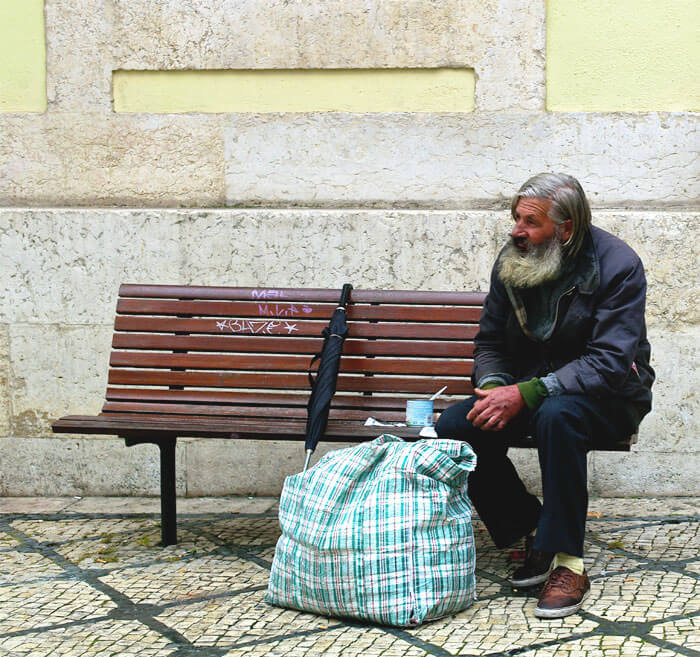
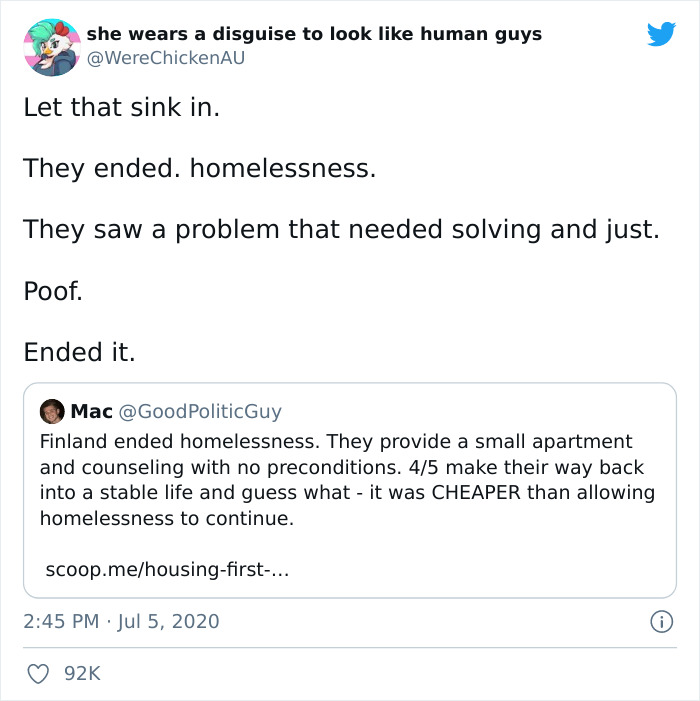
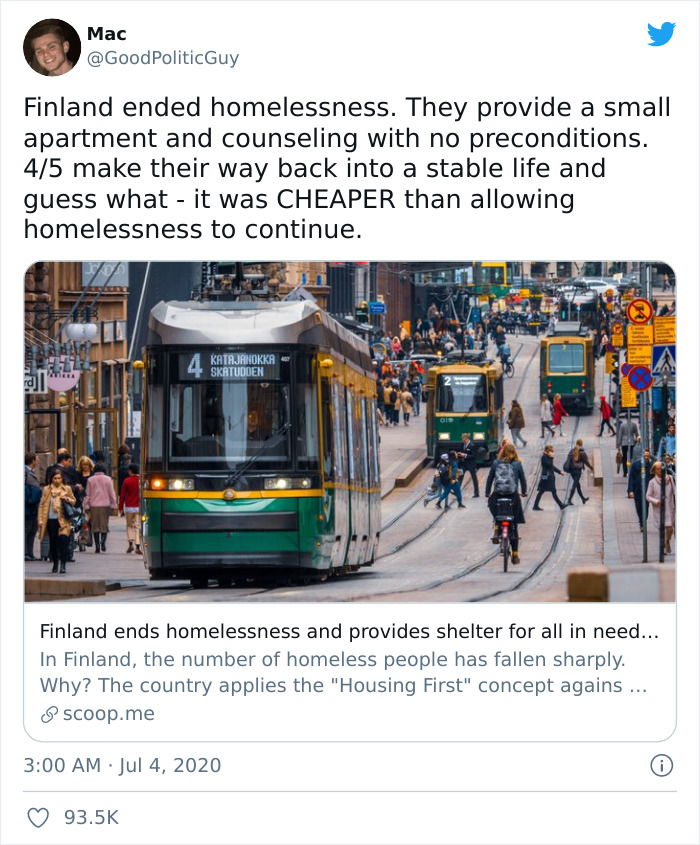

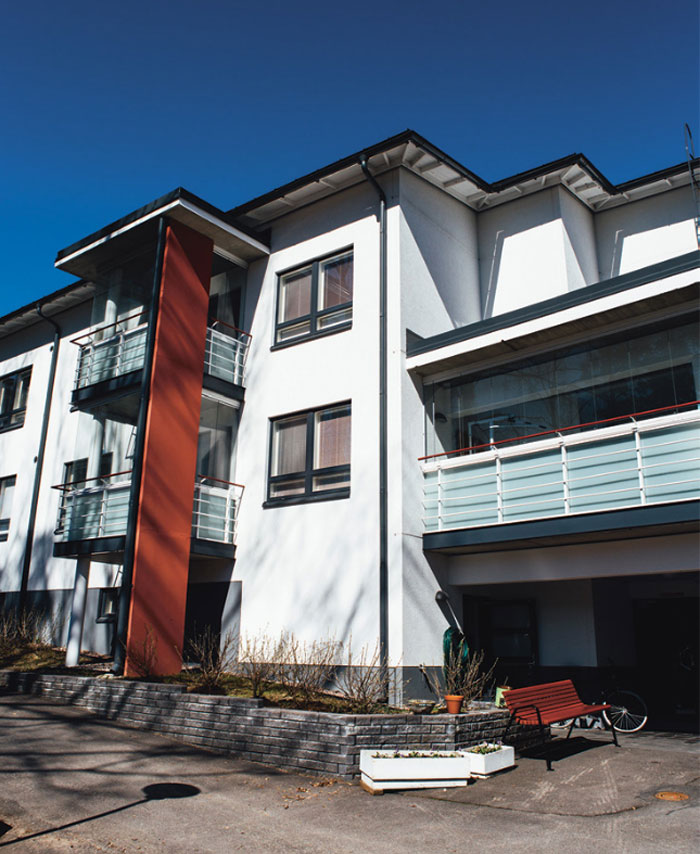
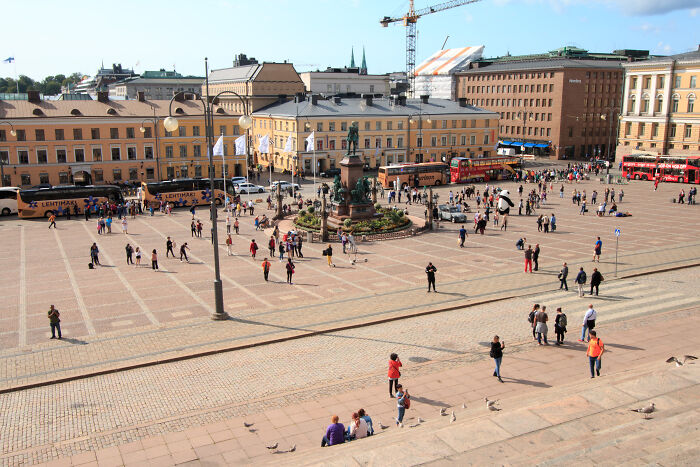
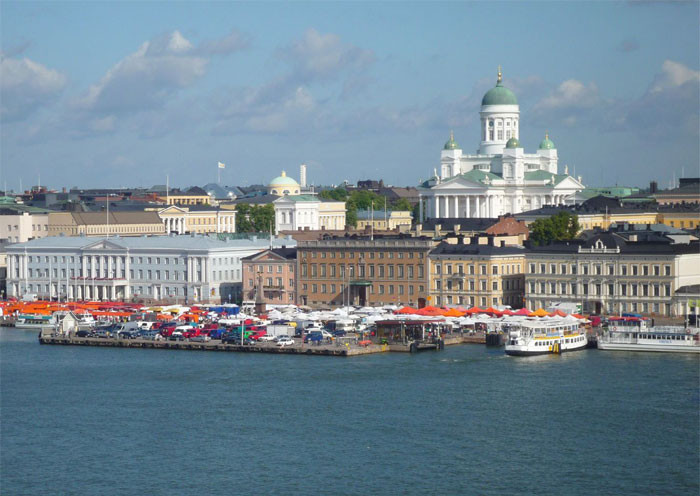

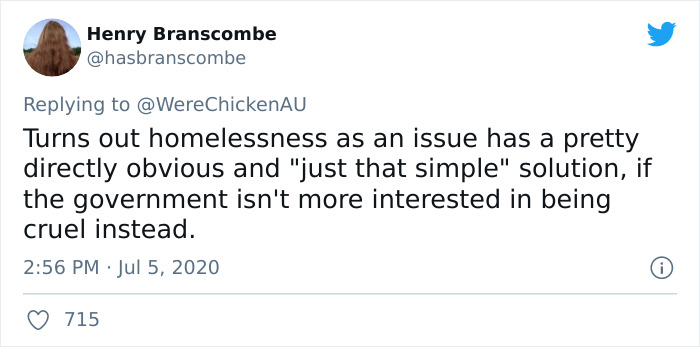
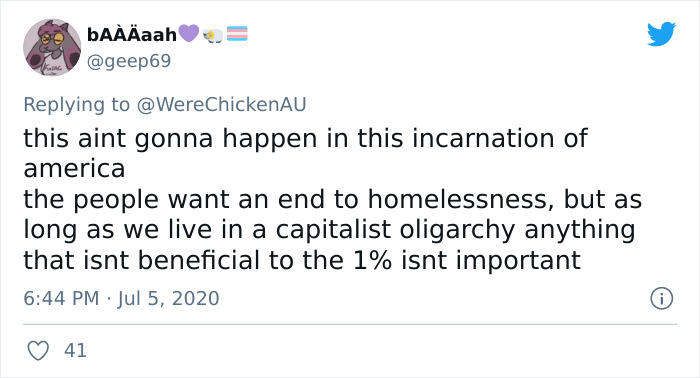
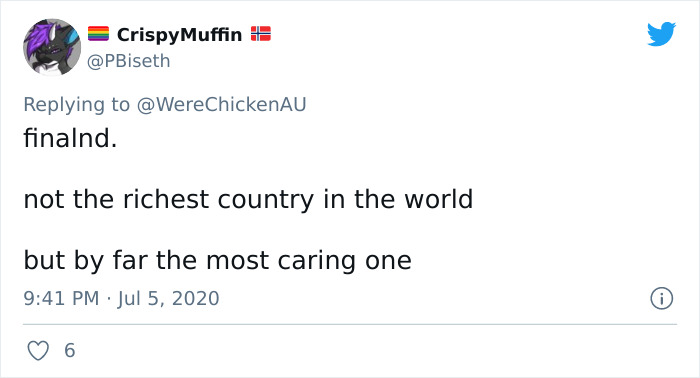


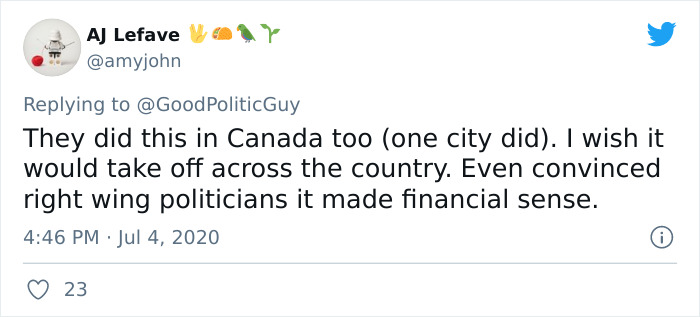
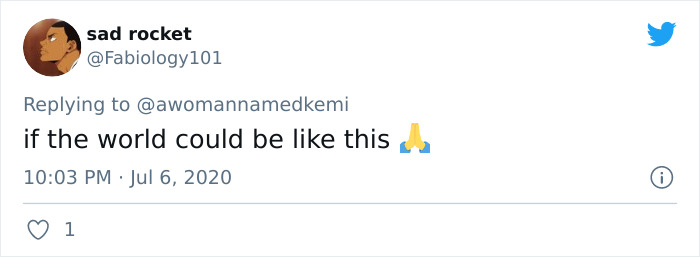





280
79